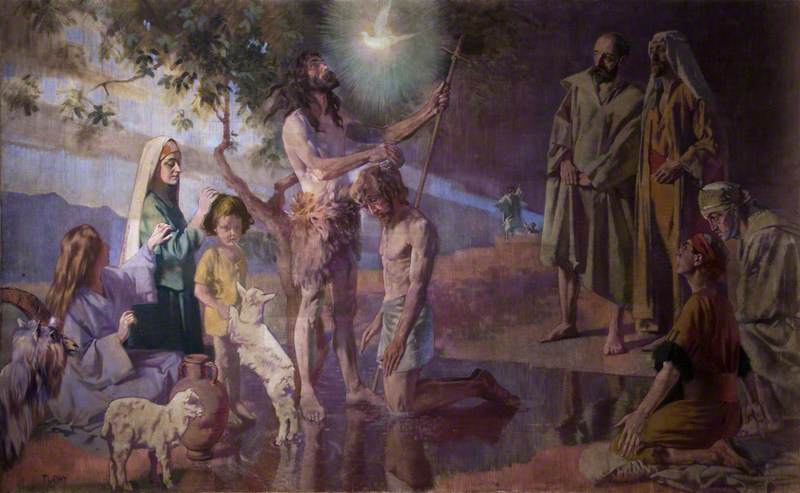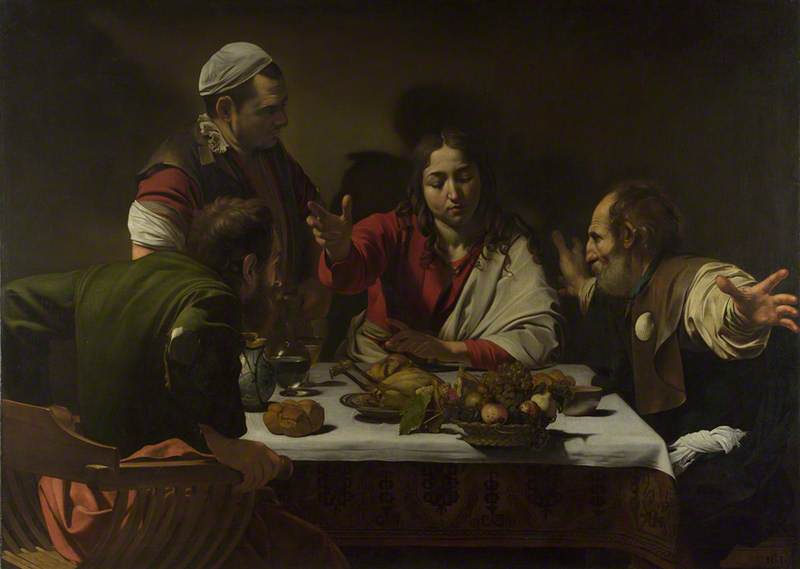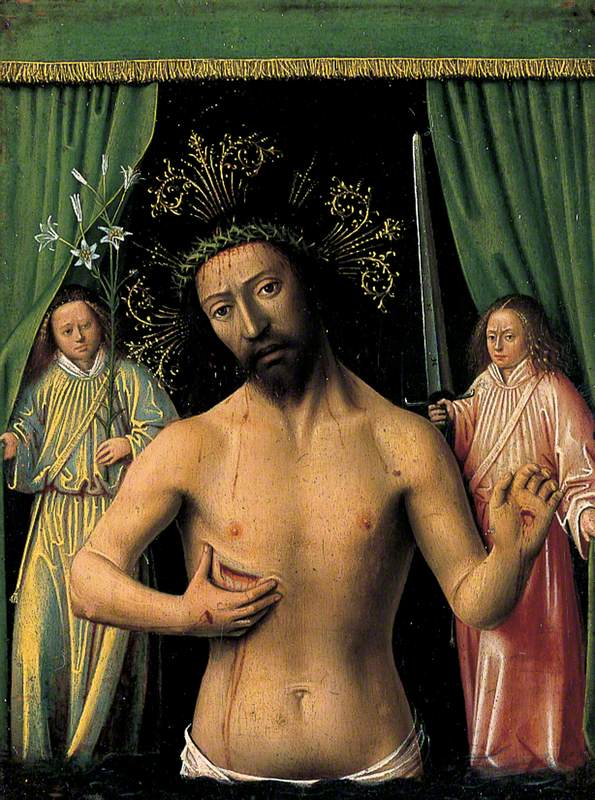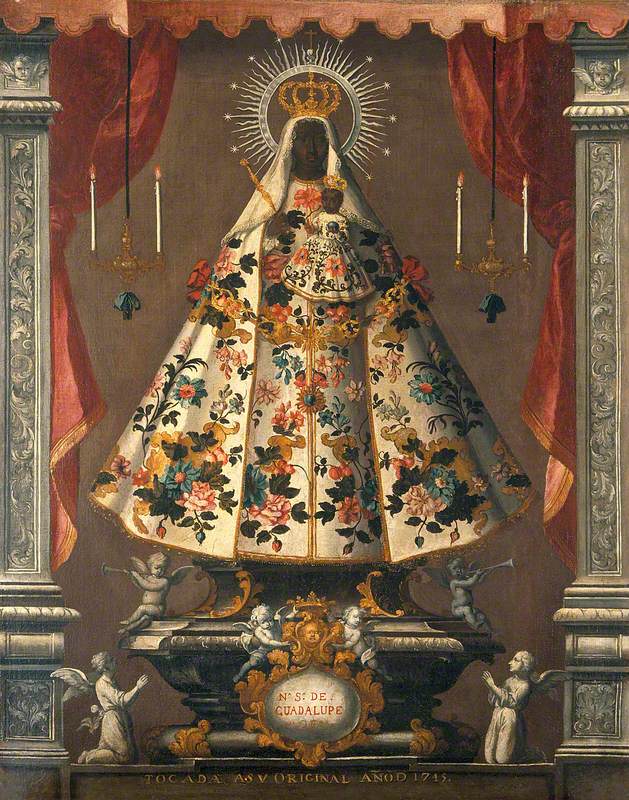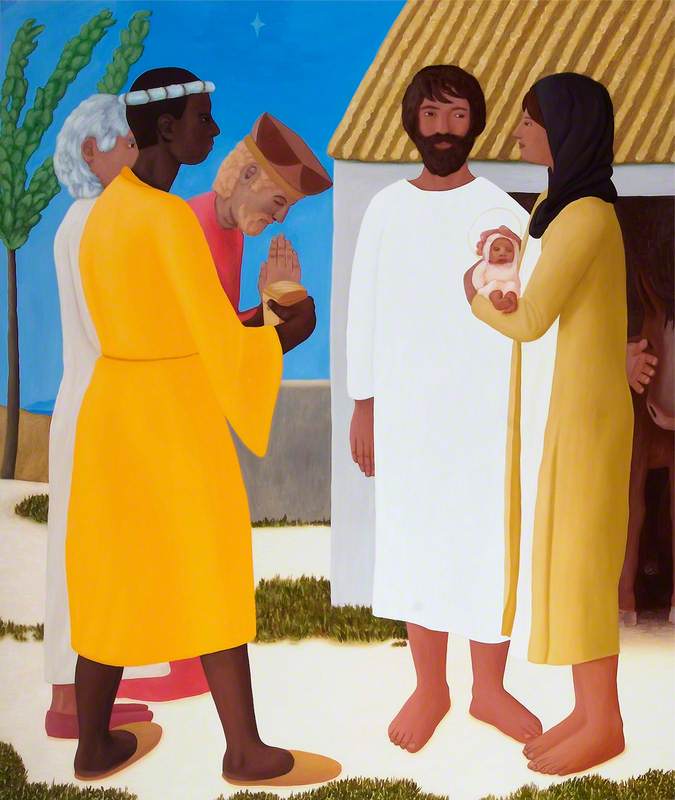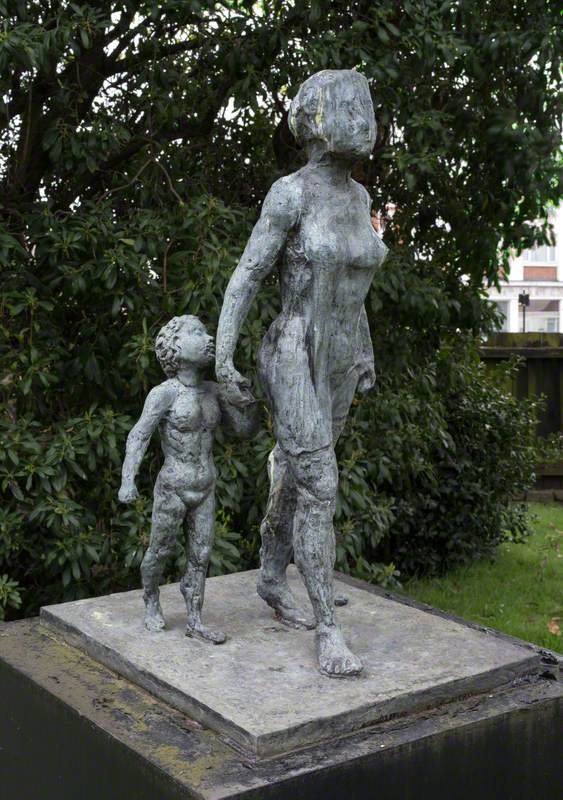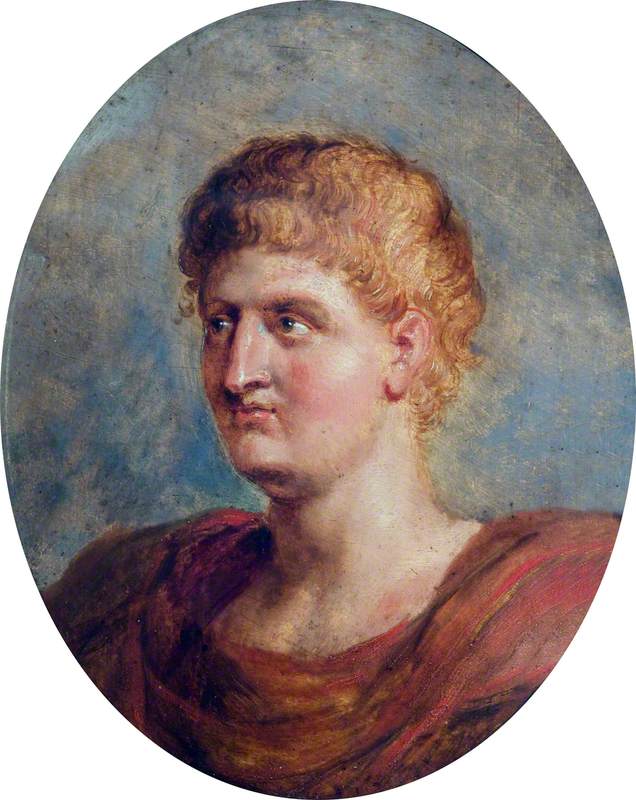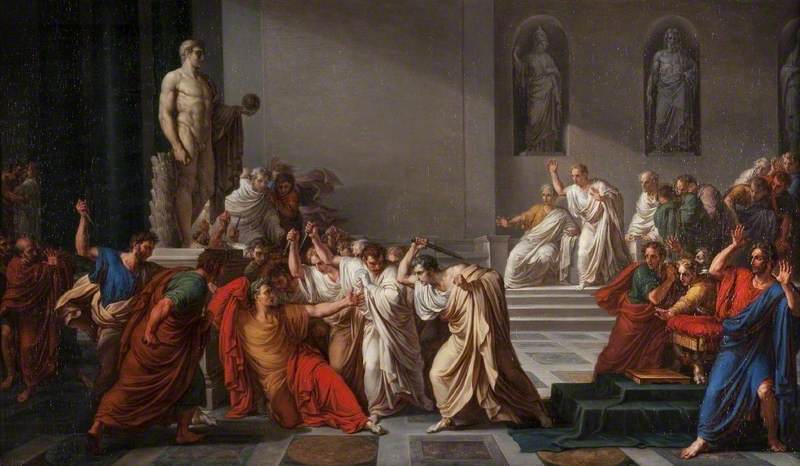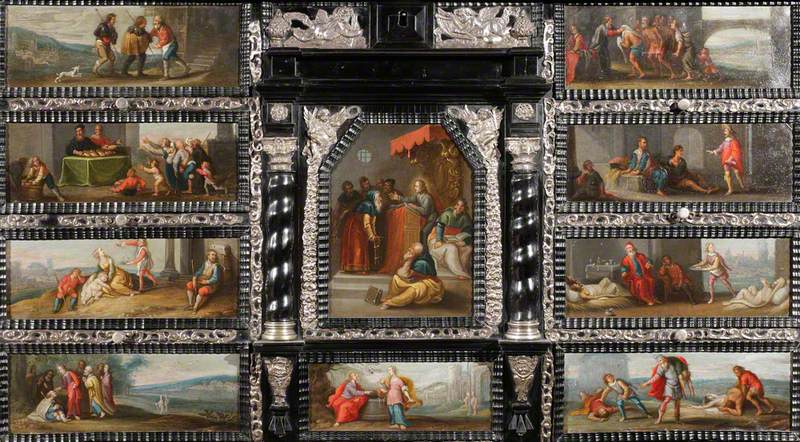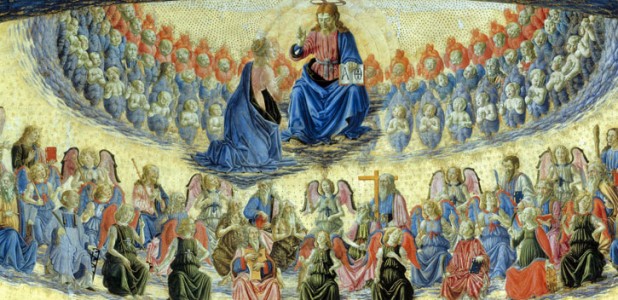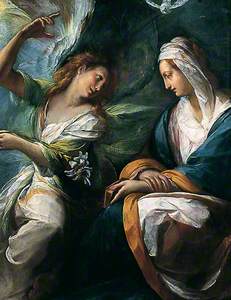The small, elegant and finely crafted Annunciation at York Art Gallery was probably intended as an image for private devotion.
Painted in oil on wood by the north Italian artist Giulio Cesare Procaccini between 1605 and 1615, it measures 62.8 x 49.5 cm. Its closely cropped design focuses on the figures of the Virgin and the angel Gabriel bringing her the news that she will bear a child. A small dove hovers above the scene, representing the presence of the Holy Spirit. The slightly androgynous-looking angel, holding a spray of white lilies symbolic of the Virgin’s purity, hovers slightly above the figure of Mary, who looks concerned but not as astonished as she may well have been. There are wonderful gradations of colour in the angel’s wings, which vary from white through primrose and aquamarine to rose, while the folds of Mary’s robes are painted in a chiselled, slightly angular manner resembling beaten metal.
Procaccini came from a family of Bolognese painters and in 1595 his father moved the family to Milan. For a while Giulio worked as a sculptor but he was an accomplished draughtsman and soon began to receive commissions to paint works for local churches, including the city’s Duomo, or Cathedral. In 1618 he was invited to work in Genoa, where Rubens had also worked. Procaccini’s oeuvre can be divided into two types of paintings – small, simply composed ones such as The Annunciation, and much larger, busier compositions designed as magnificent and imposing altarpieces. This particular work found its way to York as part of the industrialist F. D. Lycett Green’s donation of over one hundred European Old Master pictures made to the city in 1955.
Averil King, author of several books on art and writer for Apollo magazine and The Art Newspaper



